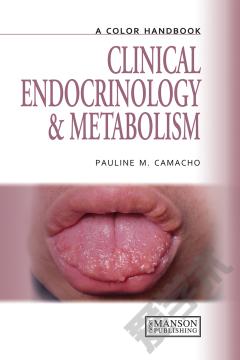Pheochromocytoma —— Pathophysiology and Clinical Management
----- 嗜铬细胞瘤
Pheochromocytomas are rare, mostly benign tumors of the adrenal medulla whose symptoms are caused by a tumor-induced secretion of catecholamines. This book provides an overview of current knowledge on the clinical situation, diagnosis and therapy of the disease as well as an extensive discussion of novel aspects in the molecular basis of this disease such as the recognition of new tools in molecular biology. The endocrine diagnosis is based on precise knowledge of tumor metabolism of catecholamines and their metabolites and today comprises laboratory methods with a high sensitivity and specificity. As approximately one quarter of these tumors arise in the context of a familial disease, such as multiple endocrine neoplasia type 2, von Hippel-Lindau syndrome, neurofibromatosis type 1 or familial paragangliomas, the genetic diagnosis is becoming increasingly relevant. Equally indispensable are imaging methods such as 123I-MIBG scintigraphy or octreotide scintigraphy, which can be employed as a complementary approach in e.g. malignant tumors. The surgical therapy is clearly based on the nature of the disease; in sporadic unilateral as well as familial bilateral pheochromocytoma a lateral endoscopic approach is chosen. The treatment of malignant pheochromocytoma is mainly based on the use of nuclear medical techniques and selected chemotherapeutic approaches. This book is essential reading for clinicians and scientists in the fields of endocrinology as well as oncology, surgery and nuclear medicine.
{{comment.content}}








 京公网安备 11010802027623号
京公网安备 11010802027623号